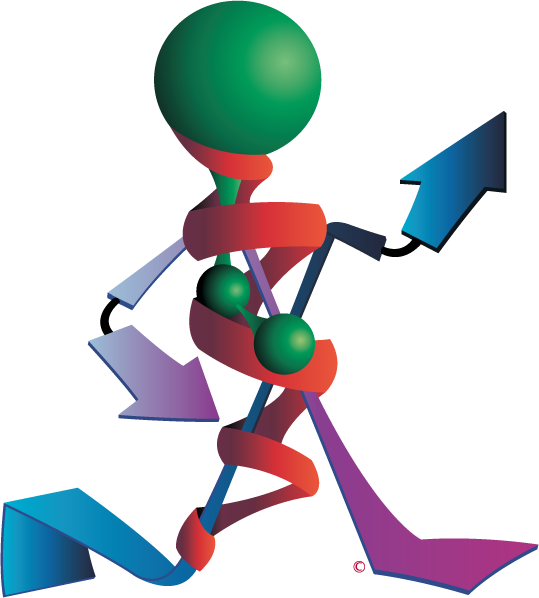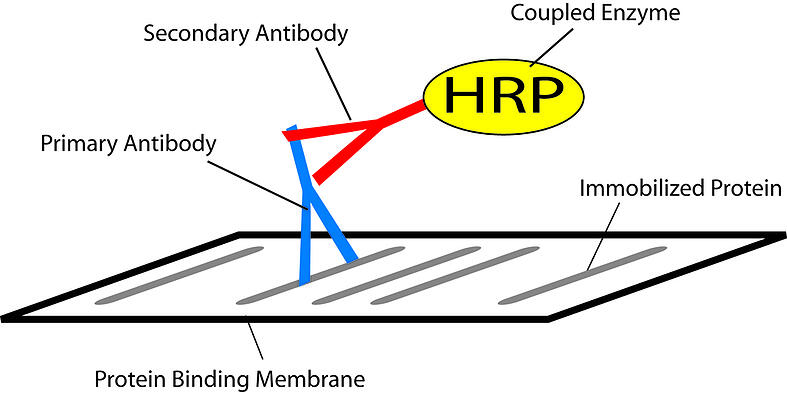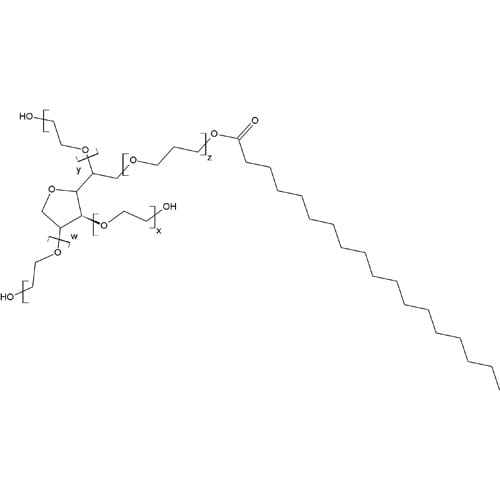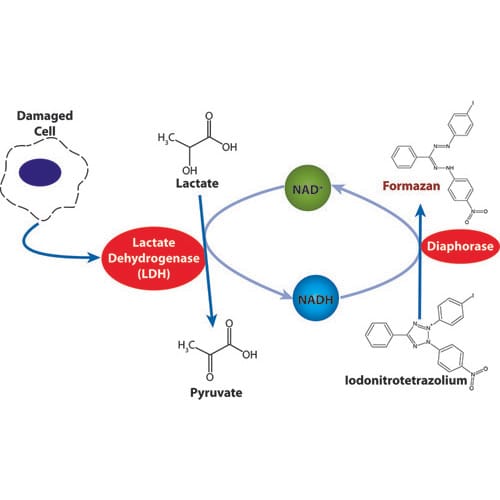There are various methods to enrich or purify proteins of interest from other proteins and components. Most purification methods involve a form of chromatography where molecules in a solution or mobile phase separate based on differences in chemical or physical interaction with a stationary material or solid phase.
The Protein Man

Recent Posts
How to Get Accurate Results with Affinity Purification and Affinity Chromatography
Topics: Protein Purification
How to Prepare Samples for Western Blot Analysis | G-Biosciences
As a common technique in molecular and cell biology, Western blot analysis allows you to detect specific proteins in a tissue homogenate or extract. However, if you want to ensure the success of your Western blot experiment, you need to learn how to properly prepare samples.
Topics: Western Blotting
What’s the Difference Between Tween 20 and Tween 80? | G-Biosciences
As a non-ionic viscous liquid, tweens are a class of emulsifiers used in pharmaceuticals and food preparation.
Topics: Detergents
Analyzing the effects of necrosis and apoptosis is a vital component of biological research. Although there are numerous assays to detect apoptosis, there are significantly fewer assays available to measure necrosis. The release of LDH is a beneficial method for detecting necrosis, especially when combined with cellular cytotoxicity.
Topics: Apoptosis Assays, Cytotoxicity Assays






